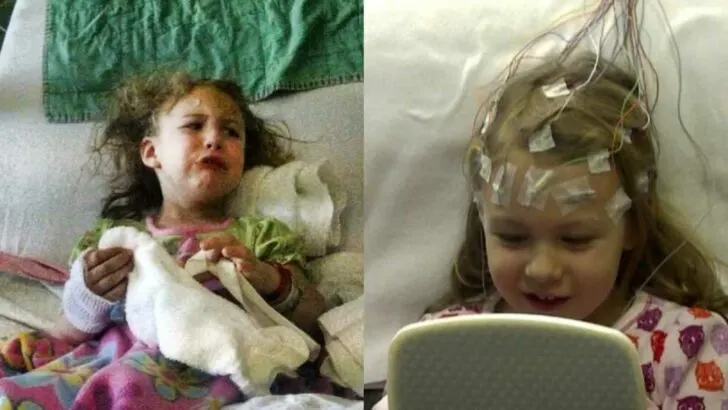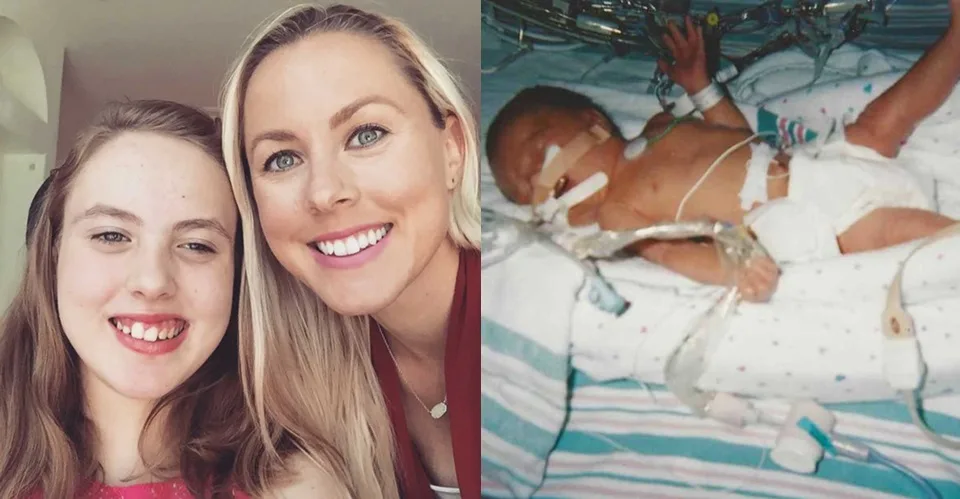My daughter Madie started kindergarten like most five-year-olds—excited to learn, make friends, and discover new things. We never imagined her first school year would bring so many challenges and show just how strong she really is.
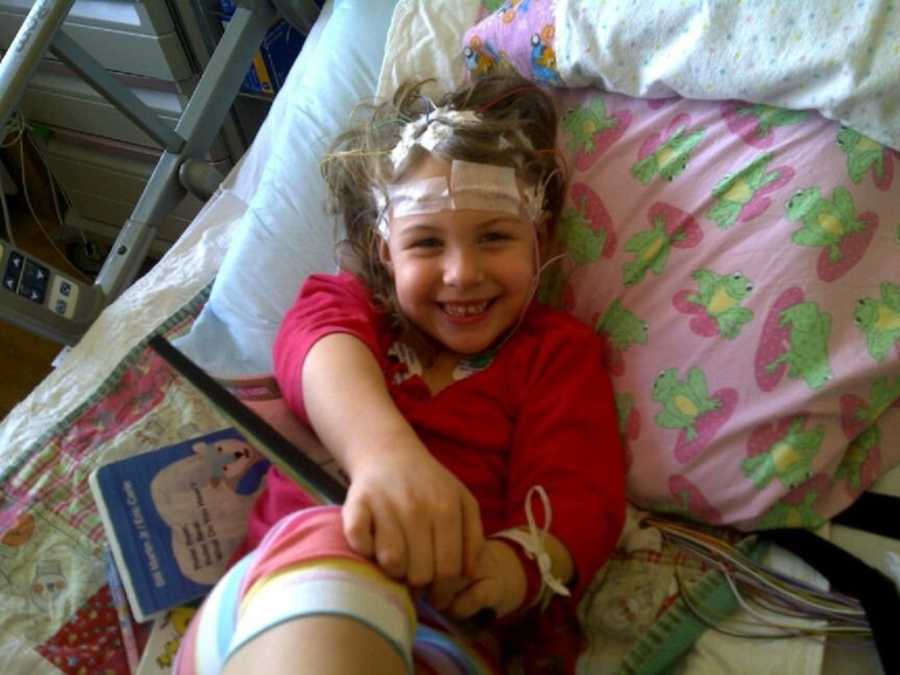
Courtesy of Anj Little
A few weeks into the year, I got a call from her after-school program. While watching a movie, Madie’s head tilted back and her arms moved strangely. The doctor told us to bring her in right away, suspecting a seizure. After tests, including an MRI, she was diagnosed with absence and petit mal seizures. She started seizure medication, and we hoped it would help.
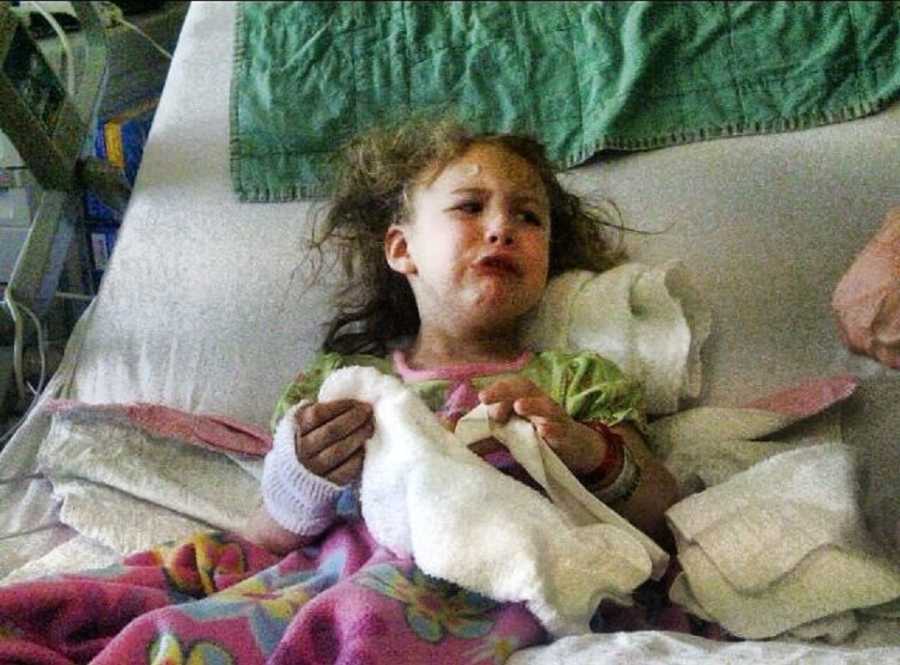
Courtesy of Anj Little
Still, her episodes persisted and began stretching out for longer periods.
Her neurologist kept changing medications, but nothing worked. In just a short time, she tried four different ones—some with awful side effects, including an allergic reaction. EEGs showed normal brain activity, yet she was having up to 15 episodes a day. We went from local doctors to Hershey Medical Center, and eventually to the Children’s Hospital of Pittsburgh (CHOP).
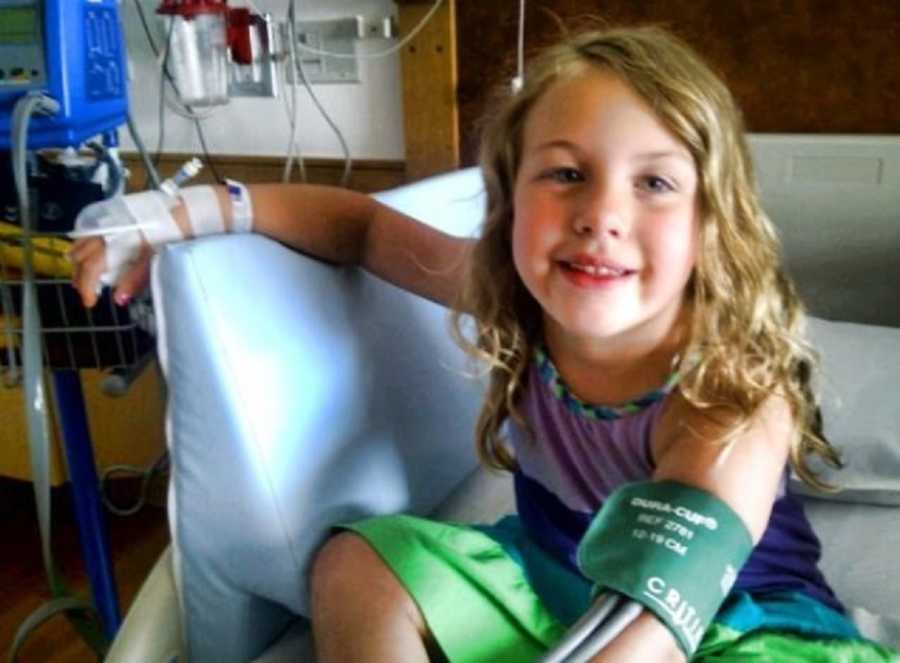
Courtesy of Anj Little
Her episodes were unusual—sometimes her body wouldn’t move or she couldn’t speak, other times her arms or legs moved on their own. She stayed aware the whole time and could repeat conversations afterward. By third grade, she was missing weeks of school. She had an aide to watch her, even on the playground, in case an episode happened.
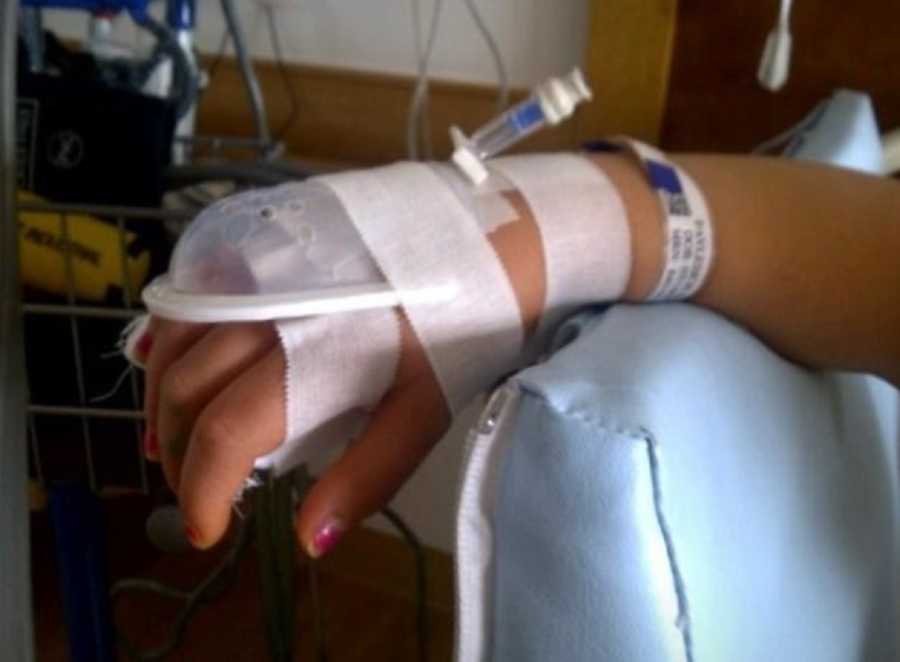
Courtesy of Anj Little

Courtesy of Anj Little
On our second CHOP visit, I showed a doctor a video of an episode. She told her it was all in her head and recommended seeing a psychiatrist.
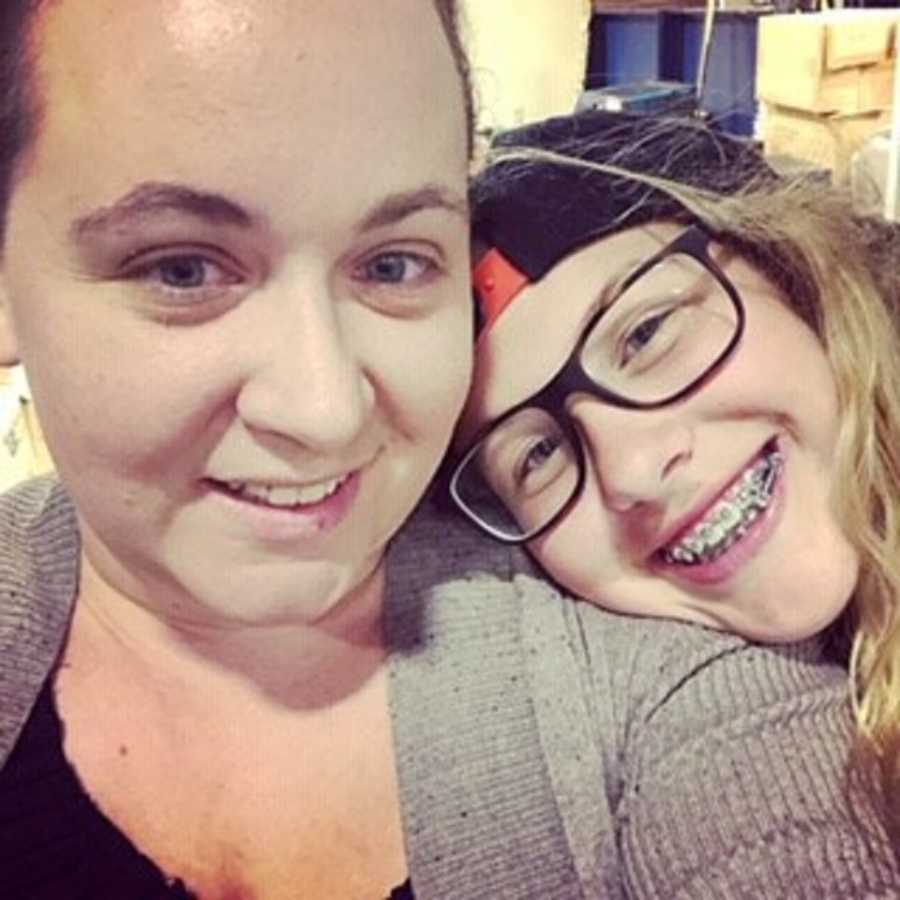
Courtesy of Anj Little
I refused to leave until someone truly listened. By luck, the hospital’s movement specialist, Dr. Coffman, was there that day. After a few tests and watching the video, he diagnosed her with Paroxysmal Nonkinesigenic Dyskinesia (PNKD)—a rare movement disorder with no cure.
We learned that for some kids, episodes stop at puberty; for others, they can get worse. They could happen daily, years apart, or last for hours.
Elementary school was the hardest. I dreaded phone calls from the school, never knowing if I’d need to pick her up. Over time, her episodes became less frequent but lasted longer. When Dr. Coffman moved to Children’s Mercy Hospital in Kansas City, we followed him. New genetic tests showed her condition might be linked to a brain channel disorder.
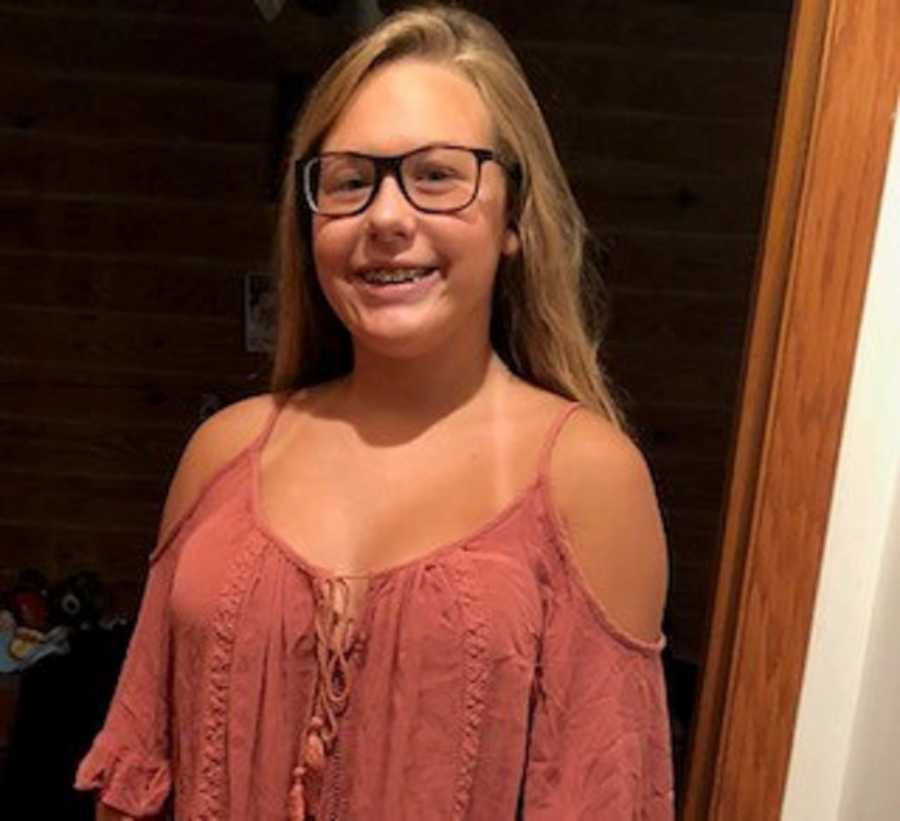
Courtesy of Anj Little
At the end of 7th grade, she made it a full school year without an episode. I cried with happiness. Now 13, Madie plays roller hockey, performs in plays, and brightens every room she enters. She’s my hero.

